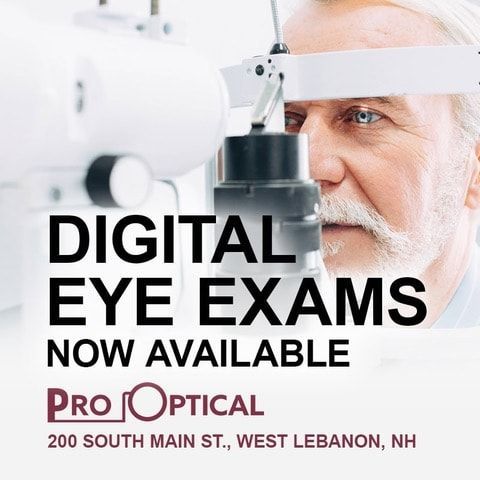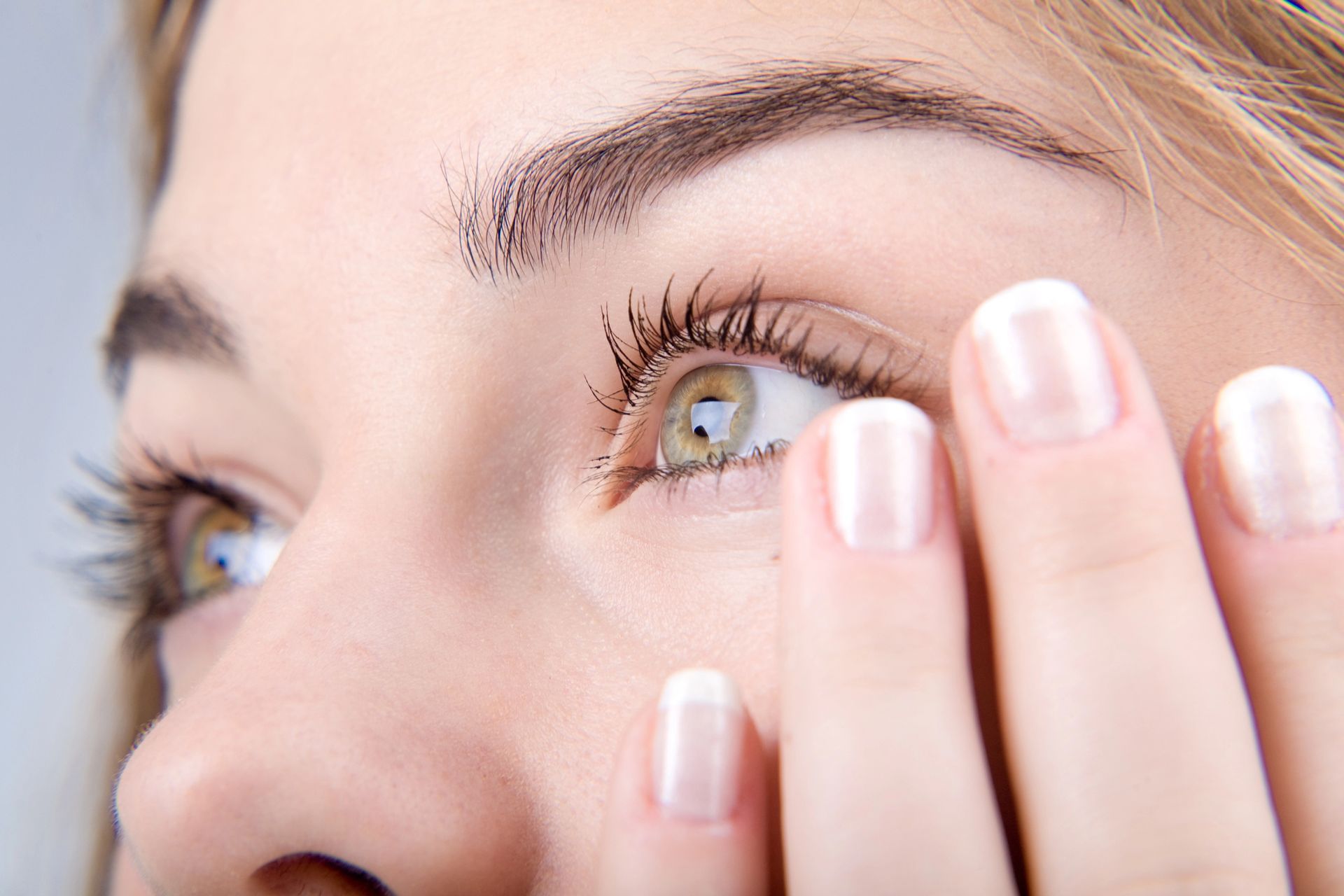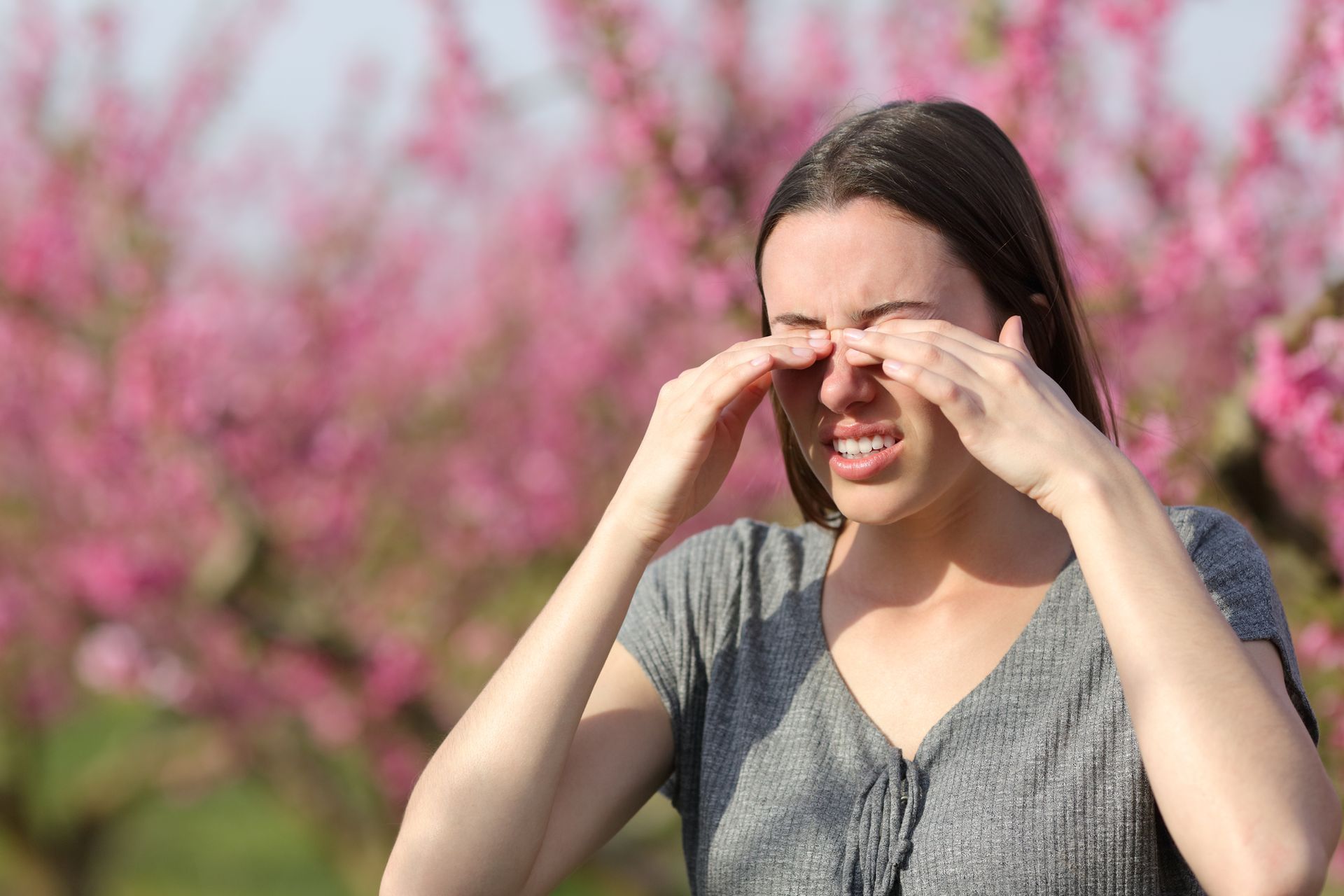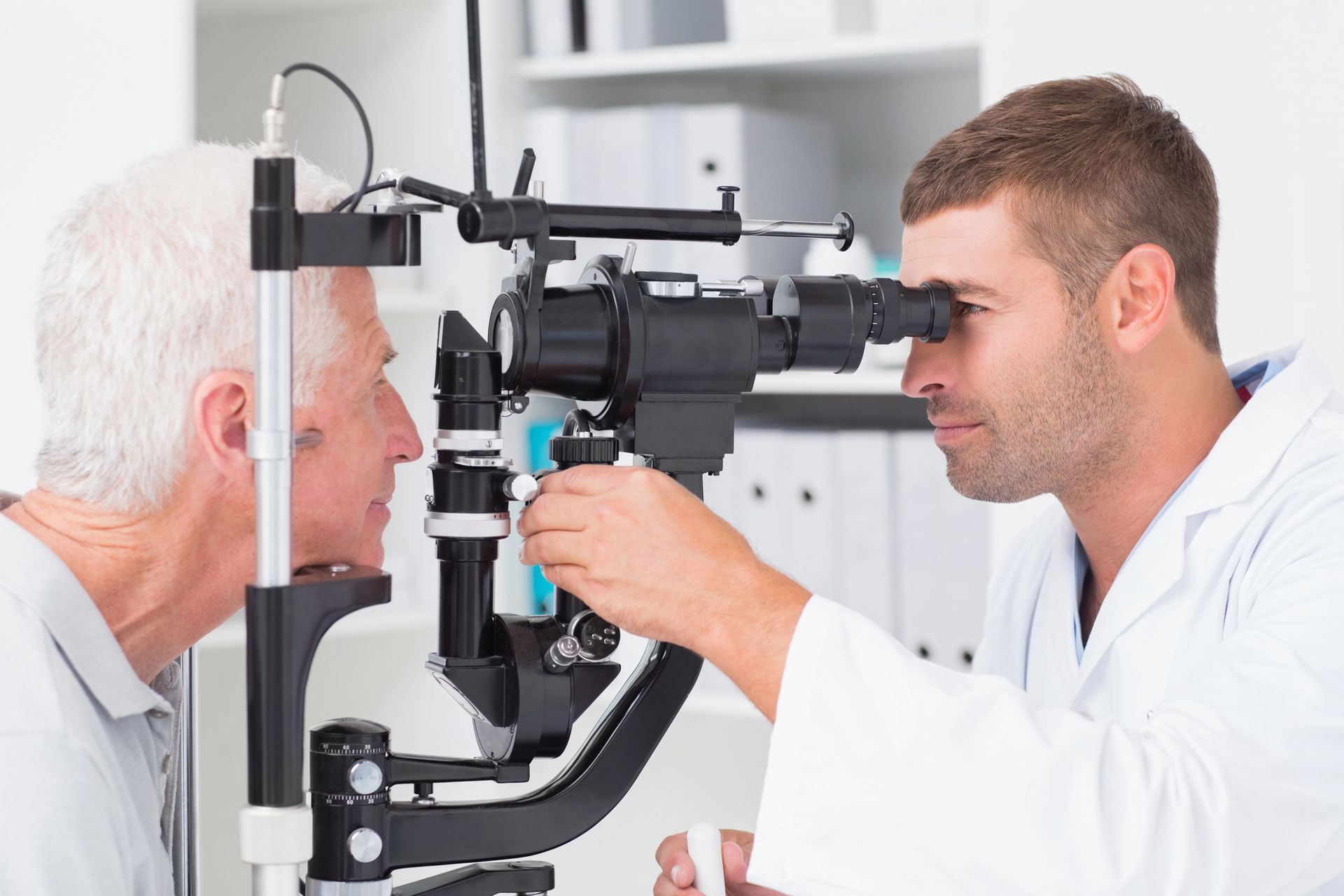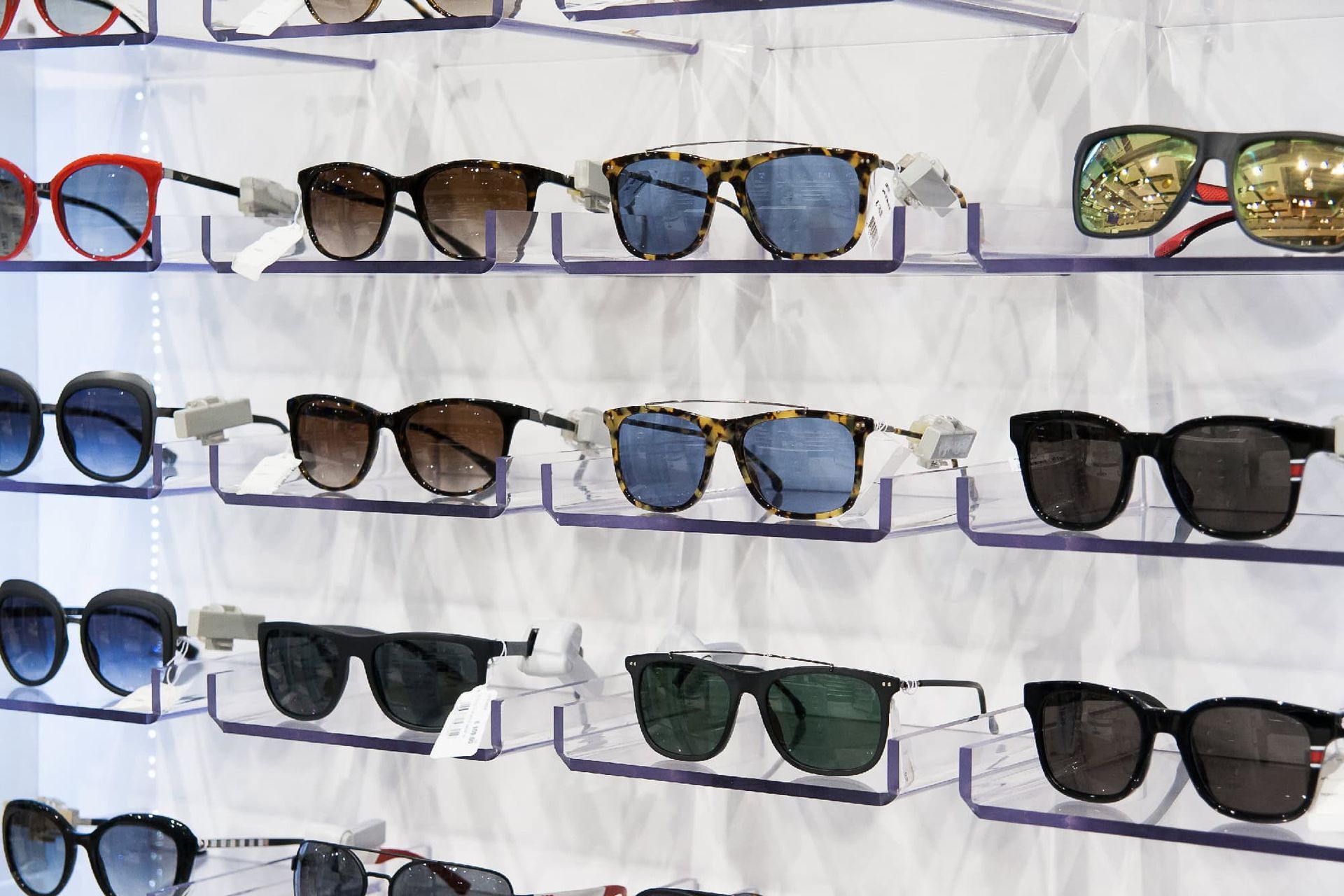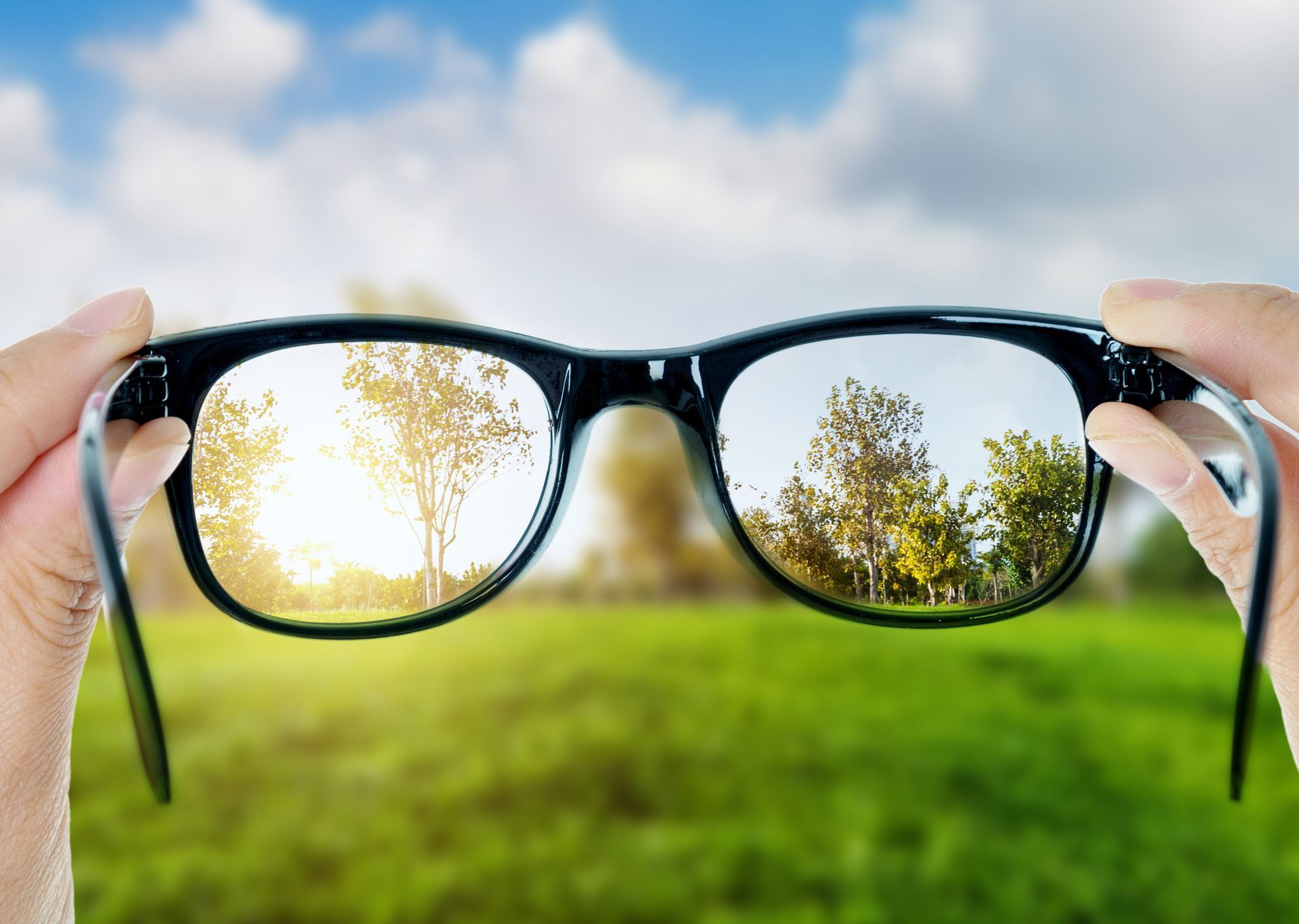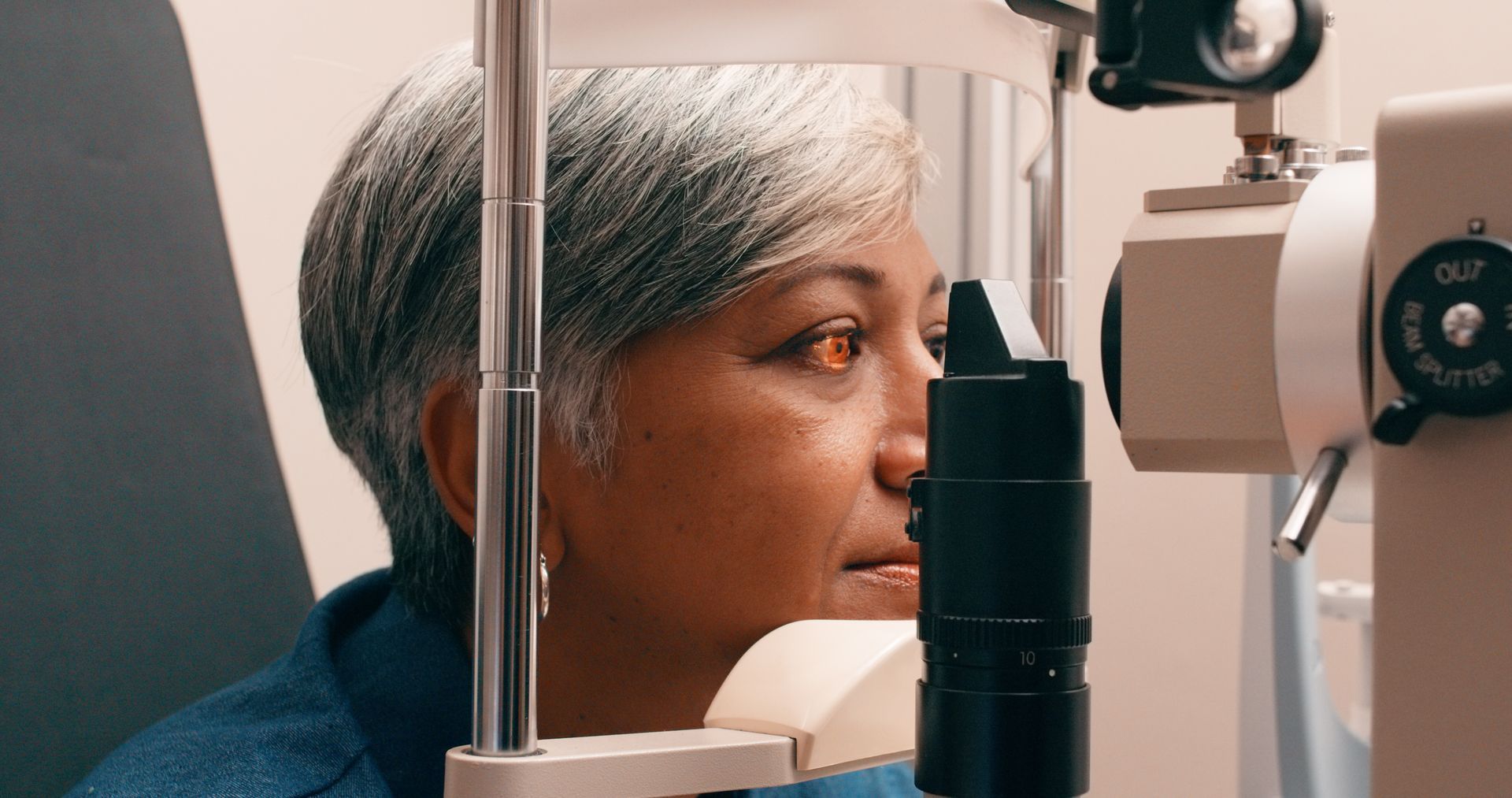Age-Related Eyesight Loss: Symptoms, Prevention, and Treatments
As we age, our vision can change, leading to age-related eyesight loss. Many people experience symptoms like blurred vision, difficulty seeing in dim light, and increased glare sensitivity. This article will guide you through understanding these changes, recognizing symptoms early, and exploring prevention and treatment options to maintain healthy vision as you age.
Key Takeaways
- Age-related eyesight loss involves biological changes such as lens hardening and retinal cell deterioration, leading to common symptoms like blurred vision and increased glare sensitivity.
- Regular eye exams are crucial for early detection and management of age-related eye diseases, including cataracts, macular degeneration, and glaucoma.
- Preventive measures such as a healthy diet, protective eyewear, and lifestyle changes can significantly reduce the risk of developing serious vision conditions as we age.
Understanding Age-Related Eyesight Loss
Aging is an inevitable part of life, and with it comes changes to our vision. Understanding age related vision starts with recognizing how biological and functional changes in the eye affect our ability to see clearly. One of the most common changes includes the hardening of the lens, which affects its ability to focus light properly, leading to blurred vision.
Additionally, the accumulation of lipofuscin, a yellow-brown pigment, in retinal cells is a hallmark of aging. This pigment impairs the cells’ ability to function properly, contributing to various eye conditions. Free radical damage also increases with age, impacting cellular repair processes and exacerbating eye and vision problems.
As we age, the number of retinal cells decreases, and the overall functional abilities of the eye deteriorate. This gradual decline affects how visual information is processed, leading to common age-related vision changes such as difficulty seeing in dim lighting and increased glare sensitivity.

Symptoms of Age-Related Vision Changes
Recognizing the symptoms of age-related vision changes is crucial for early detection and treatment. Common symptoms include blurred vision, difficulty seeing in dim lighting, and increased glare sensitivity. Recognizing these signs early on can help in managing and mitigating the impact of vision loss.
Blurred Vision
Blurred vision is often one of the first signs of aging eyes. Presbyopia, a condition that typically starts in adults during their 40s, is a common cause of blurry vision. This condition makes it difficult to see objects up close, often leading individuals to hold reading materials farther away or remove their glasses for better near vision. The changes in the lens of the eye are responsible for this phenomenon, and unfortunately, presbyopia cannot be prevented or cured.
As the lens hardens and loses its flexibility, it becomes harder to focus light properly, leading to blurred vision. Additionally, aging can make it difficult to distinguish objects from backgrounds of similar color, further complicating vision and diminishing focusing power.
Difficulty Seeing in Dim Lighting
Difficulty seeing in dim lighting is another common symptom among older adults. As we age, the pupil’s response diminishes, impacting our ability to see in low light conditions. This physiological change can make it challenging to navigate in poorly lit environments, increasing the risk of accidents.
Brighter lights at home and in public spaces can help mitigate this issue.
Increased Glare Sensitivity
Glare sensitivity often accompanies age-related macular degeneration. Individuals with this condition experience heightened sensitivity to bright lights, which can lead to discomfort and visual disturbances. This sensitivity makes it difficult to see in environments with strong lighting, further complicating everyday tasks.
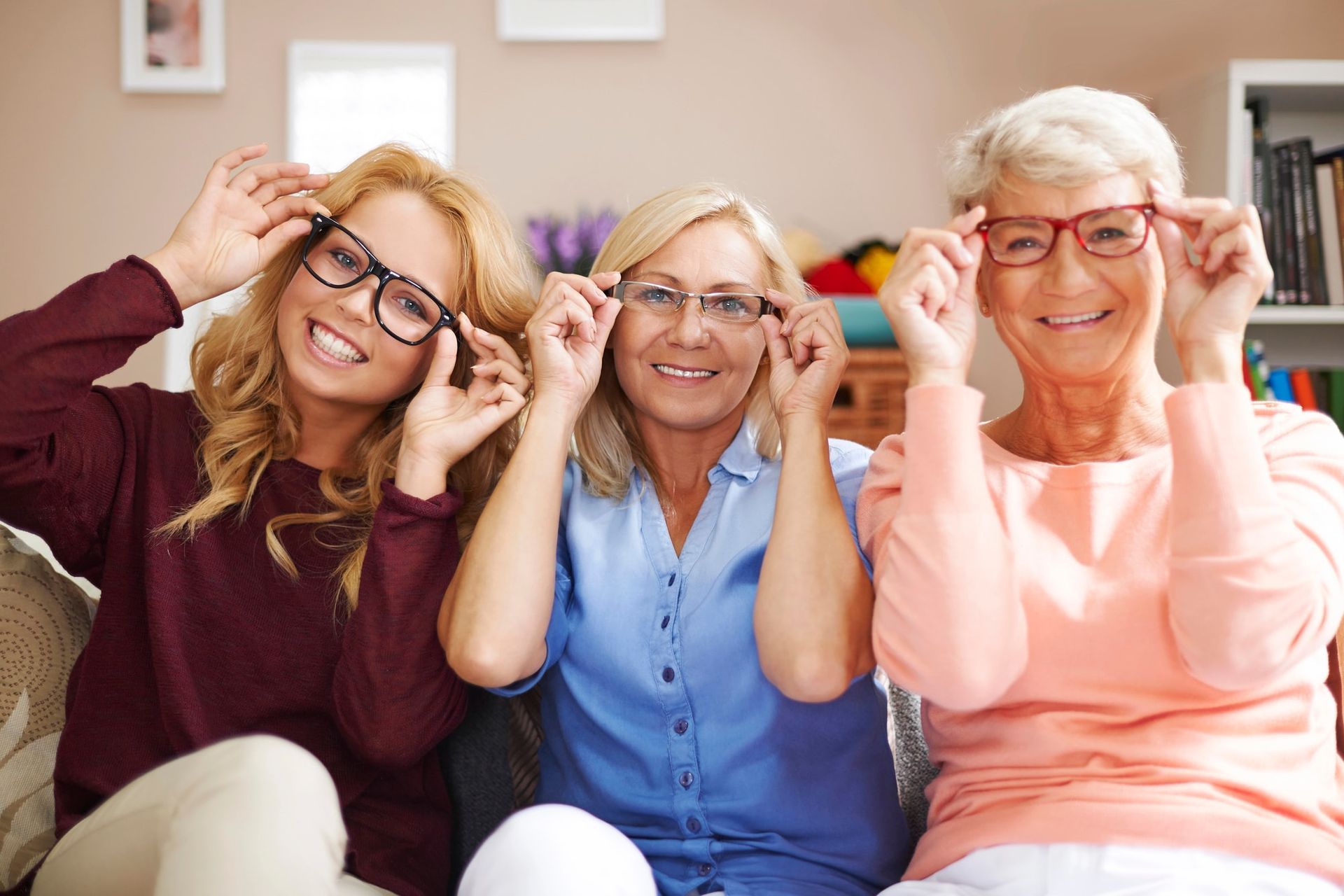
Common Age-Related Eye Diseases
As we delve deeper into understanding age-related eyesight loss, it’s crucial to recognize the common eye diseases that accompany aging, including:
- Cataracts
- Age-related macular degeneration (AMD)
- Glaucoma These conditions are prevalent among older adults and significantly contribute to vision loss.
Each of these eye diseases presents unique challenges and symptoms, but early detection and treatment can help manage their progression. Regular eye exams are essential for identifying these conditions before they cause severe vision loss. Let’s explore these diseases in more detail.
Cataracts
Cataracts are characterized by the cloudiness of the eye’s lens, leading to vision difficulties. This condition is one of the most common causes of vision problems in older adults.
Fortunately, cataracts can be treated effectively through surgery, where the cloudy lens is replaced with an artificial one, restoring clear vision.
Age-Related Macular Degeneration (AMD)
Age-related macular degeneration (AMD) primarily affects central vision, making it difficult to see fine details. AMD comes in two forms: dry form and wet macular degeneration. Dry AMD involves the gradual breakdown of retinal cells, while wet AMD is characterized by the growth of tiny blood vessels under the retina that can lead to severe vision loss.
Symptoms of AMD include gradual vision loss, particularly in the central vision, and dark or blank spots in the field of view. Treatments for AMD focus on slowing its progression rather than curing it. Options include medications, laser therapy, and surgical interventions.
Preventive measures such as a diet rich in antioxidants and leafy greens can also help reduce the risk of developing AMD.
Glaucoma
Glaucoma is an eye disease that damages the optic nerve, often without noticeable symptoms until significant vision loss has occurred. Regular eye exams are crucial for early detection, as they can help prevent severe vision loss by identifying the condition before it progresses.
Non-contact tonometers are commonly used to measure intraocular pressure, a key factor in diagnosing glaucoma.
Risk Factors for Age-Related Eyesight Loss
Identifying and understanding the risk factors for age-related eyesight loss is essential for prevention. These risk factors include:
- A family history of age-related macular degeneration (AMD), which significantly increases the likelihood of developing the condition.
- Hypertension, which can exacerbate the progression of AMD.
- High blood sugar levels, which damage blood vessels in the retina and are a leading cause of vision loss among adults with diabetes, including diabetic retinopathy.
Lifestyle choices also play a crucial role. Obesity, smoking, and a diet high in saturated fats are all linked to an increased risk of AMD progression. Regular eye exams can reveal these risk factors and help in taking preventive measures early on to avoid potential health problems.
People over 60 and those with a family history of eye diseases should prioritize regular eye exams, as not everyone monitors their eye health.

Prevention Strategies
Preventing age-related eyesight loss involves adopting several key strategies. Regular eye exams, a healthy diet, and protective eyewear are essential for maintaining good vision and preventing the progression of eye diseases.
Incorporating these strategies into your routine can significantly reduce the risk of developing serious eye conditions.
Regular Eye Exams
Routine eye examinations are vital for detecting potential eye issues before they lead to severe conditions. Annual eye exams can identify early signs of age-related eye conditions like macular degeneration, allowing for timely intervention. Pro Optical offers comprehensive eye exams that include assessments for visual acuity and potential eye conditions, ensuring optimal eye health.
The digital testing provided by Pro Optical ensures precise vision assessments and eye health evaluations. Scheduling regular eye exams is crucial for maintaining good vision and detecting issues early on.
Healthy Diet
A healthy diet plays a significant role in maintaining eye health. Consuming a diet rich in antioxidants and leafy greens can help reduce the risk of age-related macular degeneration and other eye diseases, keeping your eyes healthy.
Nutritional supplements, along with lifestyle changes, can also help manage age-related vision issues.
Protective Eyewear
Protective eyewear is essential for mitigating the risks of age-related eyesight loss. Wearing blue light-filtering glasses can reduce retinal damage caused by prolonged exposure to screens, while UV-blocking sunglasses protect the eyes from harmful rays that may contribute to eye conditions.
Both types of eyewear play a vital role in maintaining eye health and preventing vision loss due to ages aging.
Treatment Options
When it comes to treating age-related eyesight loss, there are several options available. These include prescription glasses, medications, and surgical interventions.
Early detection through regular eye exams is essential for effective treatment and management of eye conditions and medical care.
Prescription Glasses and Contact Lenses
Corrective lenses are a common solution for age-related vision changes. Bifocal and multifocal lenses can effectively address presbyopia, allowing individuals to see at different distances.
Precision fitting technology like Optikam ensures that lenses are aligned perfectly to the wearer’s facial geometry, optimizing vision.
Medications and Eye Drops
Medications and eye drops play a crucial role in managing various eye conditions, especially in older adults. Many medications can help alleviate symptoms of dry eye, a common condition among aging adults.
Pro Optical tailors its eye care services to individual needs, ensuring effective treatment for various conditions.
Surgical Interventions
For severe vision loss, surgical interventions can be highly effective. Cataract surgery, for instance, involves removing the cloudy lens and replacing it with an artificial one, restoring clear vision.
Laser treatments can also address issues like age-related macular degeneration and glaucoma, significantly improving the quality of life for those affected.
The Role of Technology in Managing Vision Loss
Technology plays a crucial role in the management of age-related eyesight loss. Digital eye exams utilize advanced imaging technology for more accurate assessments and monitoring of eye health. Modern lens technology, including progressive lenses and specialized coatings, enhances visual clarity and comfort for aging eyes.
These advancements not only improve the quality of life for those with vision loss but also empower individuals to better manage their eye health. Embracing these technological innovations can make a significant difference in maintaining good vision as we age.
How Pro Optical Can Help
Pro Optical is dedicated to providing comprehensive eye care services that cater to the needs of aging adults. From thorough eye examinations to high-end eyewear and personalized care, Pro Optical ensures that you receive the best possible care for your vision.
Comprehensive Eye Examinations
Pro Optical offers comprehensive eye examinations that include thorough assessments of both eye health and vision capabilities. These personalized services are tailored to meet individual needs, ensuring optimal vision and eye health.
Regular eye exams are crucial for detecting early signs of eye diseases, leading to better treatment outcomes, including a dilated eye exam.
High-End Eyewear Displays
At Pro Optical, you will find a wide selection of high-end eyewear designed to meet both functional and aesthetic needs. Our collection includes designer frames and stylish non-prescription sunglasses, ensuring that every individual can find eyewear that suits their style and vision requirements.
Whether you need prescription glasses, contact lenses, or simply want to protect your eyes with fashionable sunglasses, Pro Optical has something for everyone.
Personalized Eye Care Services
Pro Optical is committed to providing personalized eye care services tailored to each patient’s unique needs and preferences. Our comprehensive eye examinations are designed to detect potential eye conditions early, ensuring timely and effective treatment, including the small print of our services.
By offering high-end eyewear and personalized care, we strive to provide the best recommendations and solutions for maintaining optimal eye health and vision.
Encouraging Regular Eye Exams at Pro Optical
Regular eye exams are vital for maintaining good vision, especially as we age. Many individuals may not realize they need corrective lenses or treatment until after a professional eye specialist exam. At Pro Optical, we encourage you to schedule an eye exam to ensure any vision problems are identified promptly.
Early detection of eye conditions significantly improves the chances for effective management and preservation of eyesight in the early stages. Don’t wait until symptoms become severe; take a proactive approach to your eye health today.
Summary
Understanding the complexities of age-related eyesight loss is crucial for maintaining good vision and quality of life as we age. Recognizing the symptoms, such as blurred vision, difficulty seeing in dim lighting, and increased glare sensitivity, can help in early detection and treatment. Common age-related eye diseases like cataracts, AMD, and glaucoma pose significant challenges, but with regular eye exams and a proactive approach, their impact can be managed effectively.
Prevention strategies, including regular eye exams, a healthy diet, and protective eyewear, play a vital role in preserving eye health. Treatment options such as prescription glasses, contact lenses, medications, and surgical interventions provide practical solutions for managing vision loss. Embracing technological advancements and personalized eye care services, like those offered at Pro Optical, can significantly enhance your ability to maintain clear vision well into your golden years. Schedule your eye exam today and take the first step towards ensuring a brighter, clearer future for your eyes.
Frequently Asked Questions
How often should I schedule an eye exam?
You should schedule an eye exam annually, particularly if you are over 60 or have a family history of eye diseases. Regular check-ups are essential for maintaining optimal eye health.
Can Pro Optical help with non-prescription sunglasses?
Pro Optical can indeed assist you with non-prescription sunglasses, offering a range of high-quality options for UV protection.
What are the benefits of regular eye exams?
Regular eye exams are crucial for early detection of potential eye issues, which allows for timely treatment and improved outcomes. They also play a vital role in monitoring overall eye health and vision.
What types of eyewear does Pro Optical offer?
Pro Optical offers a variety of eyewear, including prescription glasses, contact lenses, and fashionable non-prescription sunglasses. You can find options that suit both your vision needs and personal style.
How does Pro Optical personalize eye care services?
Pro Optical personalizes eye care services by tailoring comprehensive eye exams and providing individualized recommendations to meet each patient's specific vision and eye health needs. This ensures optimal care for every client.

